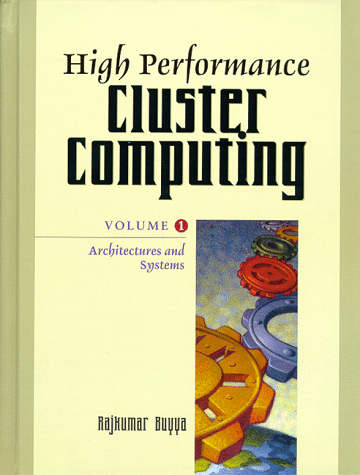Cluster Computing: The Commodity Supercomputing
Level of Presentation: 50% Begineer, 30% Intermediate, 20% Advanced
Abstract:
High speed network and improved microprocessor performance are
making networks of workstations an appealing vehicle for parallel
computing. By relying solely on commodity hardware and software,
network of workstations can offer parallel processing at low
cost. Hence, high performance computing on commodity hardware is
gaining wide acceptance over traditional high cost supercomputing.
This new wave in high performance computing is popularly
called as Cluster Computing--HPC on Network of Workstations (NOW)
or Cluster of Workstations (COW). In cluster based supercompting,
multiple uniprocessor or SMP systems (workstations or PCs)
are interconnected together using a low-latency and high bandwidth
interconnection networks.
The question naturally arises: How does Clusters, redefine concepts
of traditional supercomputing ?; How is this different from
traditional supercomputing or MPP computing?; Is this offers a
completely different programming paradigm?; How one can make a
Cluster based Supercomputer and what are its implications? This
tutorial offers answer to all these questions and will also go
beyond the hype. This tutorial will starts with defining clusters
with making clear distinction from parallel/distributed systems
and then focuses on cluster enabling technologies, hardware and
software structures with emphasizing on recipe for building your
own cluster. The second part of this tutorial discusses, Single
System Image and Programming Models, which includes operating
systems, shared and distributed memory model, message passing,
Java for HPC, levels of single system image and SSI for System
Administration with example system, PARMON, a cluster monitoring
system. The third part of the tutorial focuses on Cluster Communication,
which includes effects of latency and bandwidth, Light
Weight Communication Protocols, Active Messages Programming Model
and its implementation, Kernel Active Messages, Fast Sockets,
TCP/IP over Active Messages, MPI over Active Messages. This
tutorial concludes with discussion on works carried out by various
research laboratories all over the world on Cluster Computing
and generating interest for building Cluster based Supercomputer
using commodity components by your own.

